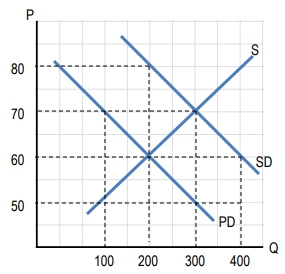Multiple Choice
The figure above contains:

 Verified step by step guidance
Verified step by step guidance
 16:25m
16:25mMaster Public Solutions to Externalities:Command-and-Control Policies and Corrective Pigovian Taxes and Subsidies with a bite sized video explanation from Brian
Start learning
